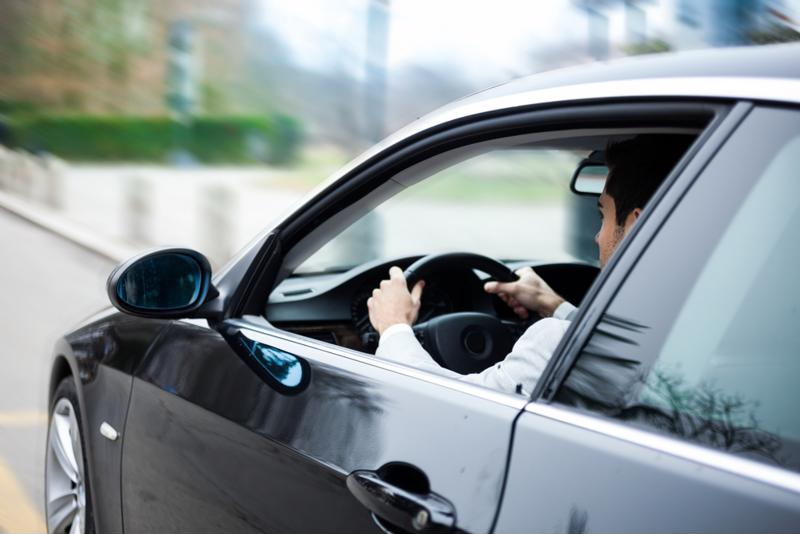

For decades, the promise of fully autonomous vehicles that kept drivers safe and got them to their destinations quickly and easily has seemingly been out of reach, but more recently, surges in testing of such vehicles showed their tantalizing potential. However, the growing idea that widespread use of driverless vehicles are just around the corner may be wishful thinking at best.
Even in the most populous and developed parts of the world, it will likely be at least a decade before human drivers start sharing the road with more than a few fully automated vehicles that do not require a human operator at all, according to new research from MIT's Work of the Future. In places where harsh winter driving conditions are common, as well as rural areas, it will likely take even longer for autonomous vehicles to reach a saturation point. More likely, rollouts will take place region-by-region, rather than having a slow but widespread rollout.
One thing that such an expansion would likely require is infrastructure improvements in a number of corners, the report said. For instance, there is the obvious need to make roads, bridges, tunnels and so on safer for drivers of all type, but the same is true of data infrastructure. That means widespread improvements in, for example, cellular data reception and speeds, database technology and so on. Effectively, to undergird widespread use of these vehicles, the world may have a lot of work to do to catch up with the technology itself, and even that tech is still a long way from being ready for such use.

The current situation
Indeed, even vehicles that currently just have advanced driver-assist features aren't quite where safety experts believe they ought to be for widespread rollout. A new study from AAA found that, on average, such vehicles encounter a situation where driver-assist functions need to intercede in human driving roughly every eight miles. However, the decisions those systems make aren't necessarily always safe: The tests showed driver-assist systems didn't always keep vehicles in their lanes, and often strayed too close to other vehicles or guardrails.
Indeed, when these systems were adjudged to have made an error on public roads, nearly three-quarters of those involved lane departure or "erratic lane position," the data showed. On closed roads, where researchers could better control conditions, a different issue arose: Two-thirds of accidents involved driver-assist vehicles hitting a simulated disabled vehicle - at an average speed of 25 miles per hour.
"AAA has repeatedly found that active driving assistance systems do not perform consistently, especially in real-word scenarios," said Greg Brannon, director of automotive engineering and industry relations, adding, "Active driving assistance systems are designed to assist the driver and help make the roads safer, but the fact is, these systems are in the early stages of their development. With the number of issues we experienced in testing, it is unclear how these systems enhance the driving experience in their current form."
But do they help?
Most in the automotive industry would tend to agree that driver-assist technology — let alone autonomous driving — is not where it needs to be, but that doesn't mean it isn't helping reduce risk on roadways. A 2019 examination of crash-avoidance technologies from the Insurance Institute for Highway Safety found that these technologies reduced front-to-rear crashes with injury by 20%, and when that driver-assist feature was combined with automatic braking, such incidents fell by 56%.
Likewise, blind-spot detection cut lane-change crashes resulting in injury by 14%, the research found. Even a change as simple as installing rearview cameras cut backing accidents by 17%.
Getting it right
One of the big issues in ensuring safe rollouts of these functions is making sure there are adequate federal guidelines and policy to keep all involved on the right path, American University Professor Selika Josiah Talbott told Axios. That way, companies testing this kind of vehicle are able to avoid going "off-road" in terms of safety for drivers, but without getting in the way of potentially revolutionary technology.
Greening Testing Laboratories is a fully certified brake testing lab that provides a variety of brake testing services worldwide. Contact Greening Associates for a complimentary consultation.